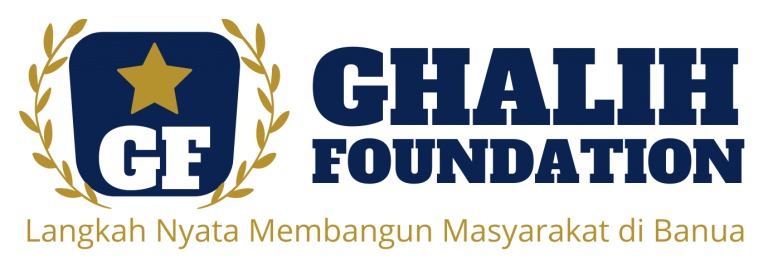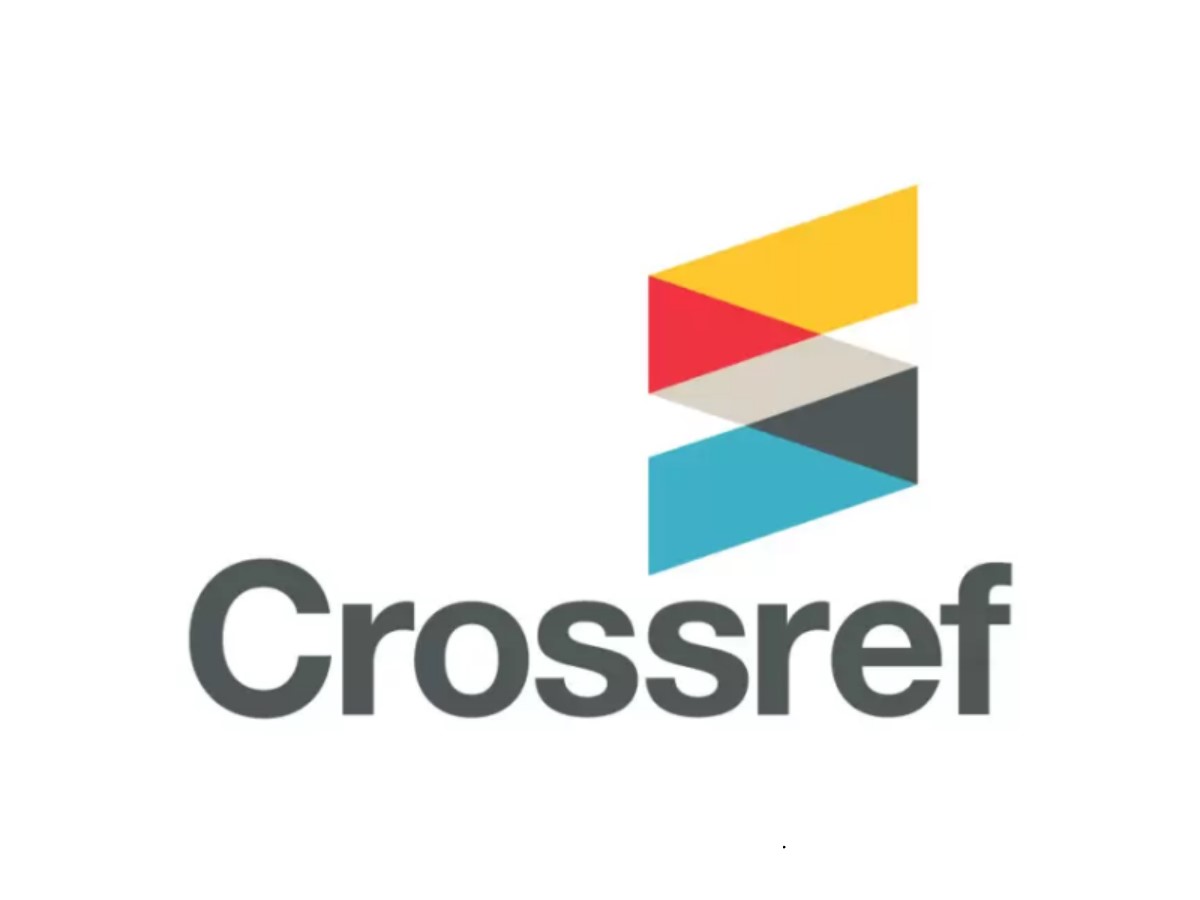COMPARISON OF THERMAL INSULATION OF GLASS WOOL AND SUPERBTEX TO THE DRYING RATE OF FISH DRYING EQUIPMENT
DOI:
https://doi.org/10.53893/austenit.v15i1.6546Keywords:
Fish Dryer, Glasswool, Superbtex, Wood charcoalAbstract
The use of glasswool or Superbtek insulation material in a fish dryer is one way to reduce the heat coming out of the fish dryer, so that the heat temperature utilized for the fish drying process will be maximized. These two insulation materials will be compared which one is better able to reduce heat. This fish dryer will be made with certain dimensions as needed, this tool design measures: 100 cm long, 50 cm wide, and 50 cm high for the outer wall, and 90 cm long, 40 cm wide, 40 cm high for the inner side wall. The height of the tool frame legs is 70 cm. Glasswool and Superbtex materials are affixed to the outside wall. The two insulation materials will be analyzed how much they affect the heat on the wall of the dryer, aiming to get the best insulation material between the two for the drying rate. With the experimental method, it was found that using Superbtex insulation material; the temperature inside the dryer was 94.200C and the temperature of the outer wall was 45.680C, the average drying rate was 4.306 gr/min, with the use of Glassswool insulation, the temperature of the inside wall of the dryer was 83.50C and the temperature of the outside wall of the dryer was 47.580C, the average drying rate was 3.489 gr/min. So superbtex insulation material is better to use than glasswool insulation material.
Downloads
References
Bintang, Y. M., Pongoh, J., & Onibala, H. (2013). KONSTRUKSI DAN KAPASITAS ALAT PENGERING IKAN TENAGA SURYA SISTEM BONGKAR-PASANG. In Jurnal Media Teknologi Hasil Perikanan (Vol. 1, Issue 2).
Darianto, D. (2019). Analisa Pengaruh Waktu Dan Turbulensi Asap Pada Mesin Pengering Ikan Lele. Journal of Mechanical Engineering Manufactures Materials and Energy, 3(2), 130. https://doi.org/10.31289/jmemme.v3i2.3029
Firdaus, A. (2017). Perancangan Dan Analisa Alat Pengering Ikan Dengan Memanfaatkan Energi Briket Batubara. Jurnal Teknik Mesin, 5(4), 1. https://doi.org/10.22441/jtm.v5i4.1216
Firdaus, A., Ferdinand, D., Mesin, T., Sriwijaya, U., & Pustaka, S. (2014). Pengaruh Tebal Isolasi Termal Bahan Glass Wool Terhadap Laju Pengeringan Ikan Pada Alat Pengering Ikan. 1–6.
Hatta, M., Syuhada, A., & Fuadi, Z. (2019). Sistim pengeringan ikan dengan metode hybrid. Jurnal Polimesin, 17(1), 9–18.
Incropera, F. P. (2006). Fundamentals of Heat and Mass Transfer. John Wiley & Sons, Inc.
Pradana, A. J., & Puja, I. G. K. (2009). Karakteristik Pengering Energi Surya Menggunakan Absorber Porus Dengan Ketebalan 12 cm. Seminar Nasional -VIII Rekayasa Dan Aplikasi Teknik Mesin Di Industri Kampus ITENAS - BAndung, November, 14–20.
Santoso, M. H., Hutabarat, K. I., Wuri, D. E., & Lubis, J. H. (2020). Smart Industry Inkubator Otomatis Produk Pengering Ikan Asin Berbasis Arduino. JURNAL MAHAJANA INFORMASI, 5(2 SE-), 45–53. https://doi.org/10.51544/jurnalmi.v5i2.1643
Downloads
Published
How to Cite
Issue
Section
License
Copyright (c) 2023 Authors and Publisher

This work is licensed under a Creative Commons Attribution-ShareAlike 4.0 International License.
The Authors submitting a manuscript do so on the understanding that if accepted for publication, Authors retain copyright and grant the AUSTENIT right of first publication with the work simultaneously licensed under a Creative Commons Attribution-ShareAlike License that allows others to share the work with an acknowledgment of the work's authorship and initial publication in this journal.
AUSTENIT, the Editors and the Advisory International Editorial Board make every effort to ensure that no wrong or misleading data, opinions or statements be published in the journal. In any way, the contents of the articles and advertisements published in AUSTENIT are the sole responsibility of their respective authors and advertisers.















